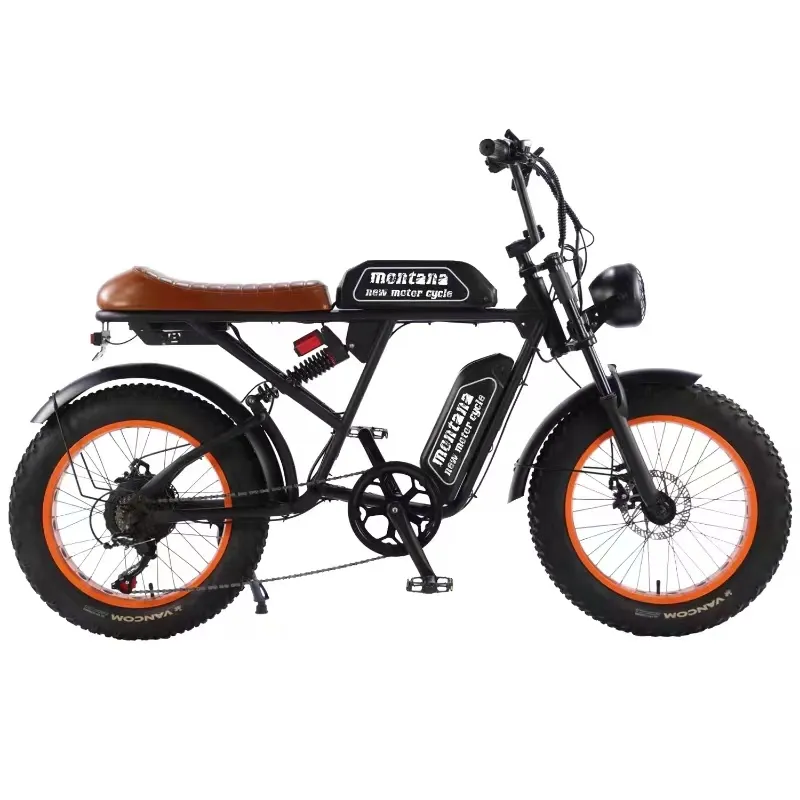
- Afrikaans
- Albanian
- Amharic
- Arabic
- Armenian
- Azerbaijani
- Basque
- Belarusian
- Bengali
- Bosnian
- Bulgarian
- Catalan
- Cebuano
- Corsican
- Croatian
- Czech
- Danish
- Dutch
- English
- Esperanto
- Estonian
- Finnish
- French
- Frisian
- Galician
- Georgian
- German
- Greek
- Gujarati
- Haitian Creole
- hausa
- hawaiian
- Hebrew
- Hindi
- Miao
- Hungarian
- Icelandic
- igbo
- Indonesian
- irish
- Italian
- Japanese
- Javanese
- Kannada
- kazakh
- Khmer
- Rwandese
- Korean
- Kurdish
- Kyrgyz
- Lao
- Latin
- Latvian
- Lithuanian
- Luxembourgish
- Macedonian
- Malgashi
- Malay
- Malayalam
- Maltese
- Maori
- Marathi
- Mongolian
- Myanmar
- Nepali
- Norwegian
- Norwegian
- Occitan
- Pashto
- Persian
- Polish
- Portuguese
- Punjabi
- Romanian
- Russian
- Samoan
- Scottish Gaelic
- Serbian
- Sesotho
- Shona
- Sindhi
- Sinhala
- Slovak
- Slovenian
- Somali
- Spanish
- Sundanese
- Swahili
- Swedish
- Tagalog
- Tajik
- Tamil
- Tatar
- Telugu
- Thai
- Turkish
- Turkmen
- Ukrainian
- Urdu
- Uighur
- Uzbek
- Vietnamese
- Welsh
- Bantu
- Yiddish
- Yoruba
- Zulu
Nov . 18, 2024 12:04 Back to list
Guide to Installing a Mountain Bike Derailleur Easily and Effectively
How to Install a Mountain Bike Derailleur
Installing a mountain bike derailleur may seem daunting, but with the right tools and guidance, you can make the process smooth and straightforward. The derailleur is crucial for shifting gears efficiently, so ensuring it's installed correctly is essential for an optimal riding experience. Here’s a step-by-step guide to help you through the installation.
Tools Required Before you start, gather the necessary tools - 5mm Allen wrench - Screwdrivers (flathead and Phillips) - Chain tool (if you need to adjust the chain) - Wire cutters (for cable installation)
Step 1 Prepare the Bike Begin by placing your bike in a stable position, preferably on a work stand. Remove the old derailleur if it’s still attached by unscrewing the bolts that hold it in place. Take note of the cable routing and the position of the derailleur before removal. This will serve as a reference later.
Step 2 Install the New Derailleur Take the new derailleur and position it on the derailleur hanger. Make sure it’s oriented correctly, with the jockey wheels aligned vertically. Secure it in place using the 5mm Allen wrench. Ensure it’s tight, but be careful not to overtighten and damage the derailleur hanger.
how to install mountain bike derailleur

Step 3 Attach the Chain If the chain was removed during the derailleur installation, reattach it now. Thread the chain through the derailleur’s jockey wheels, following the manufacturer’s guidelines. Typically, the chain should loop over the top jockey wheel and then underneath the lower one. Use a chain tool to connect the chain if needed.
Step 4 Install the Cable Next, thread the shifter cable through the derailleur’s cable anchor. Pull it tight and use the Allen wrench to tighten the anchor screw. Ensure the cable follows the correct routing path and is free from any binding.
Step 5 Adjust the Limit Screws Adjust the limit screws located on the derailleur to prevent the chain from overshifting. The high-limit screw stops the derailleur from moving too far towards the smallest cog, while the low-limit screw controls movement towards the largest cog. Fine-tune these settings by shifting through the gears to ensure smooth transitions.
Step 6 Test the Shifting After the installation, test the shifting by rotating the pedals and using the shifter. Make small adjustments to the cable tension as necessary until the shifting is smooth across all gears.
Conclusion Installing a mountain bike derailleur can enhance your riding experience significantly. By following these steps carefully and taking your time, you can ensure your derailleur is installed correctly, leading to better performance on the trails. Enjoy your ride!
-
The Ultimate Kids' Four-Wheeler Experience
NewsJul.09,2025
-
The Ultimate Guide to Mountain Bikes: Gear Up for Your Ride
NewsJul.09,2025
-
The New Age of Cycling: Electric Bikes for Every Rider
NewsJul.09,2025
-
The Best Kids Bicycles: Ride in Style and Safety
NewsJul.09,2025
-
The Best 3-Wheel Scooters for Kids: Fun, Safety, and Adventure
NewsJul.09,2025
-
Revolutionize Your Ride: Affordable Electric Bikes
NewsJul.09,2025
-
Finding the Perfect Mountain Bike for Every Rider
NewsJul.09,2025



